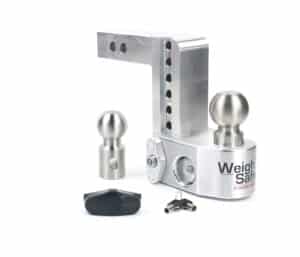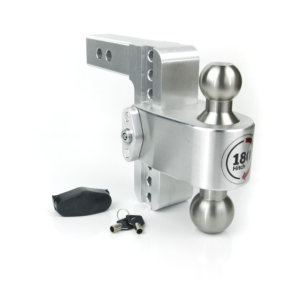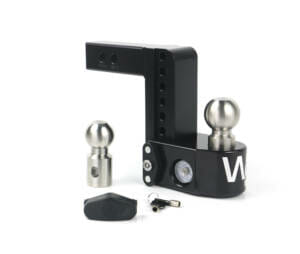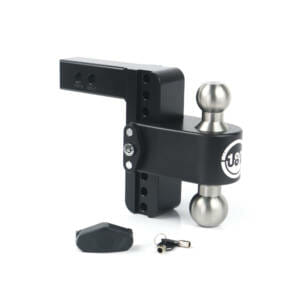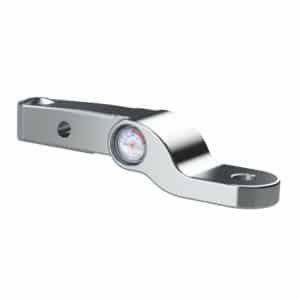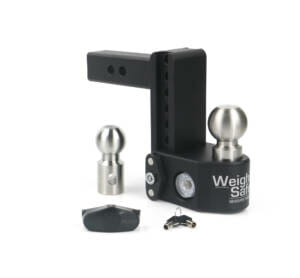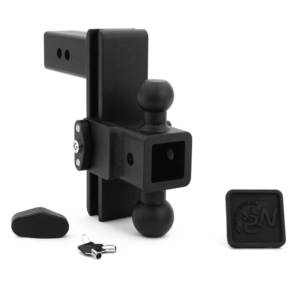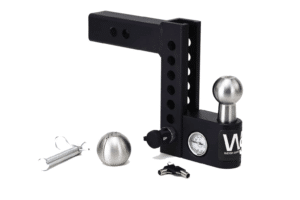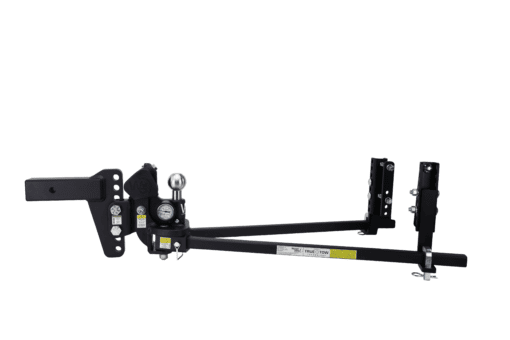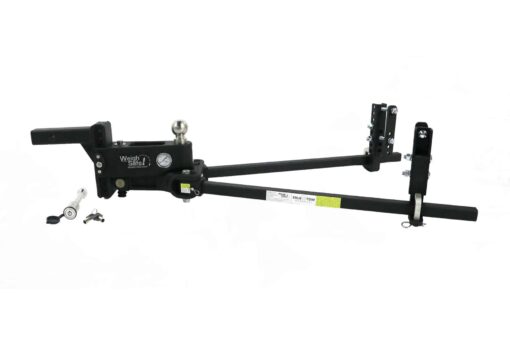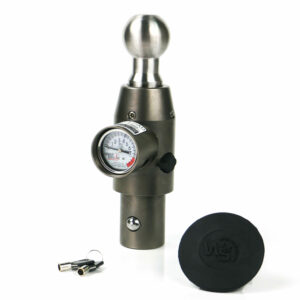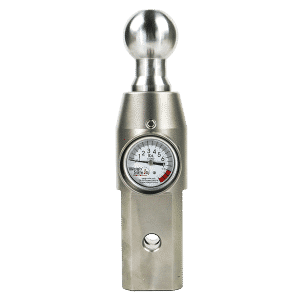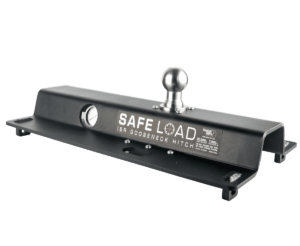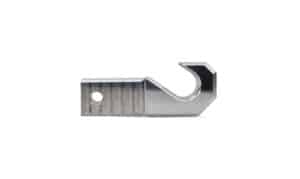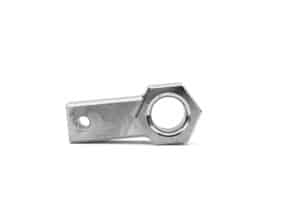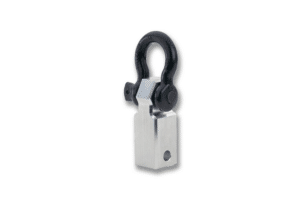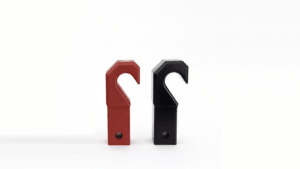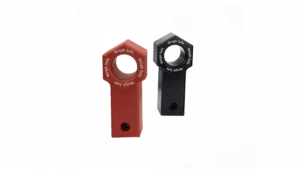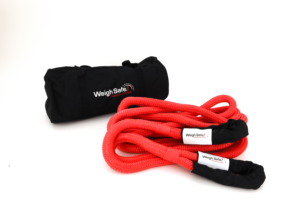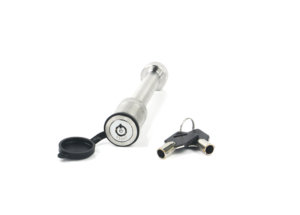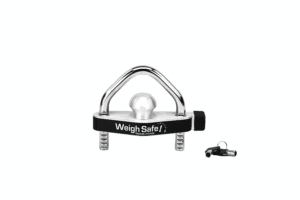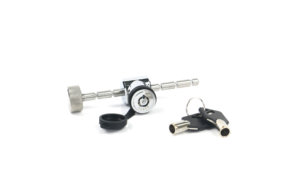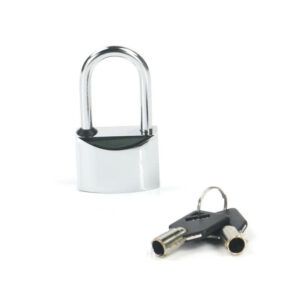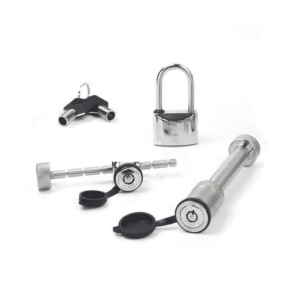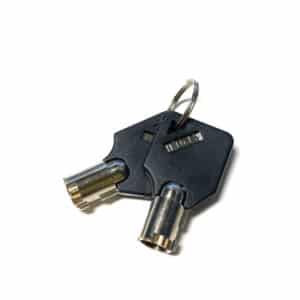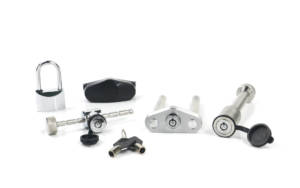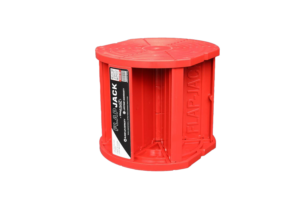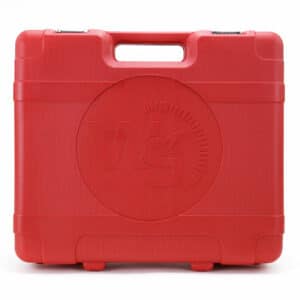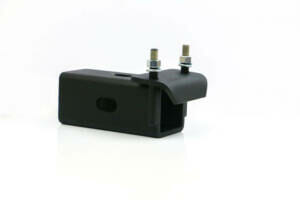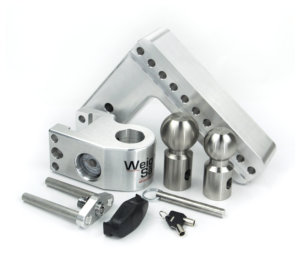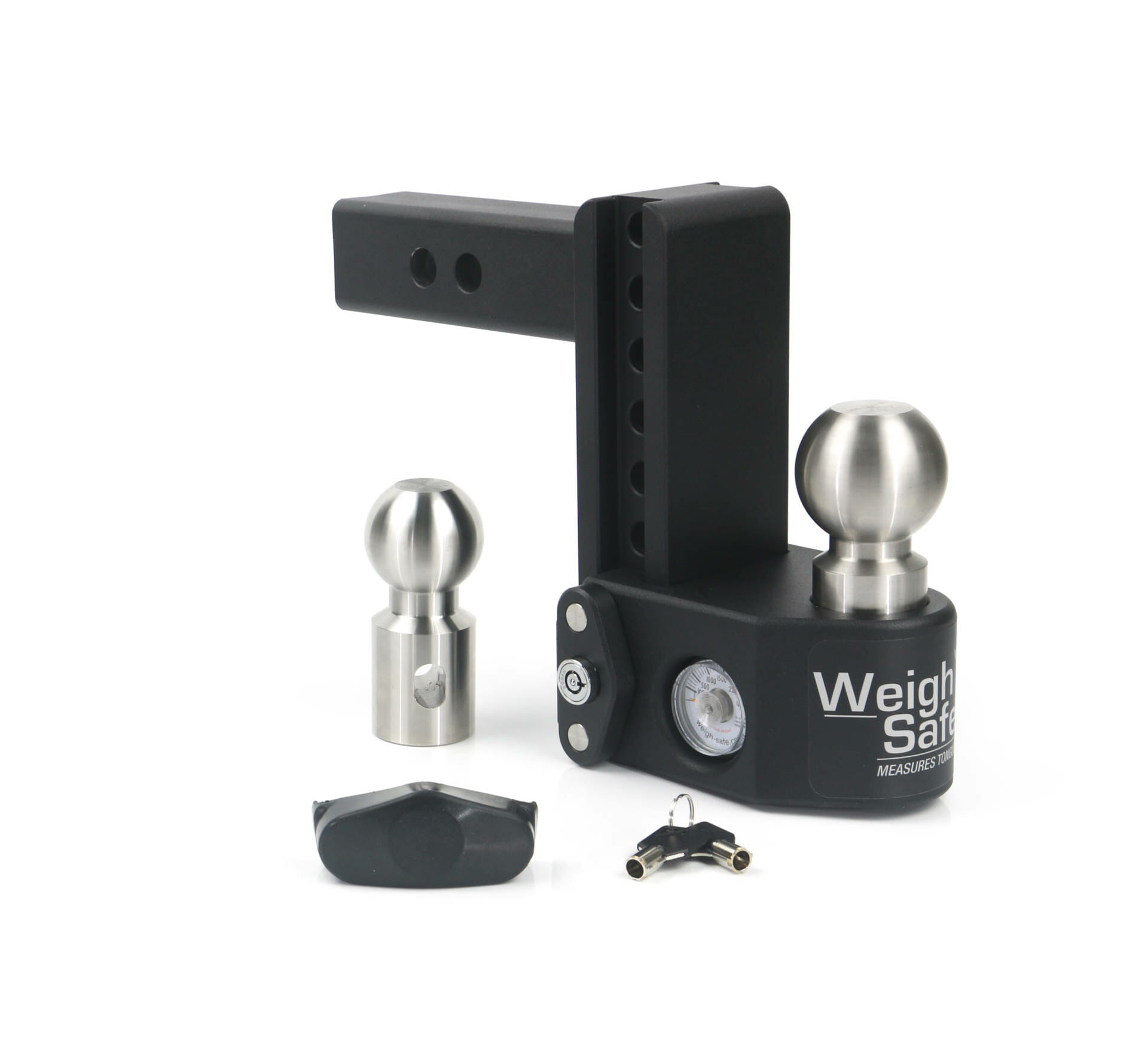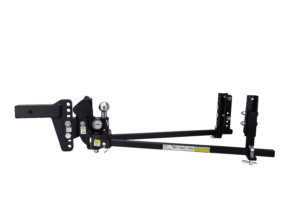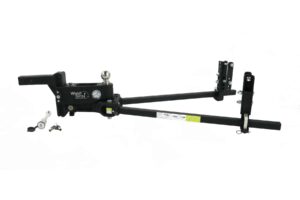Towing Education
Understanding Tongue Weight: A Guide to Measurement and Importance
Towing a trailer, camper, or boat is a common activity for many people, whether it’s for recreational purposes or work-related tasks. However, ensuring safe and stable towing requires a good understanding of various factors, one of which is tongue weight. Tongue weight plays a crucial role in maintaining control and stability while towing. In this blog, we will explore what tongue weight is, why it matters, and how to measure it accurately.
Click here to purchase a weigh safe hitch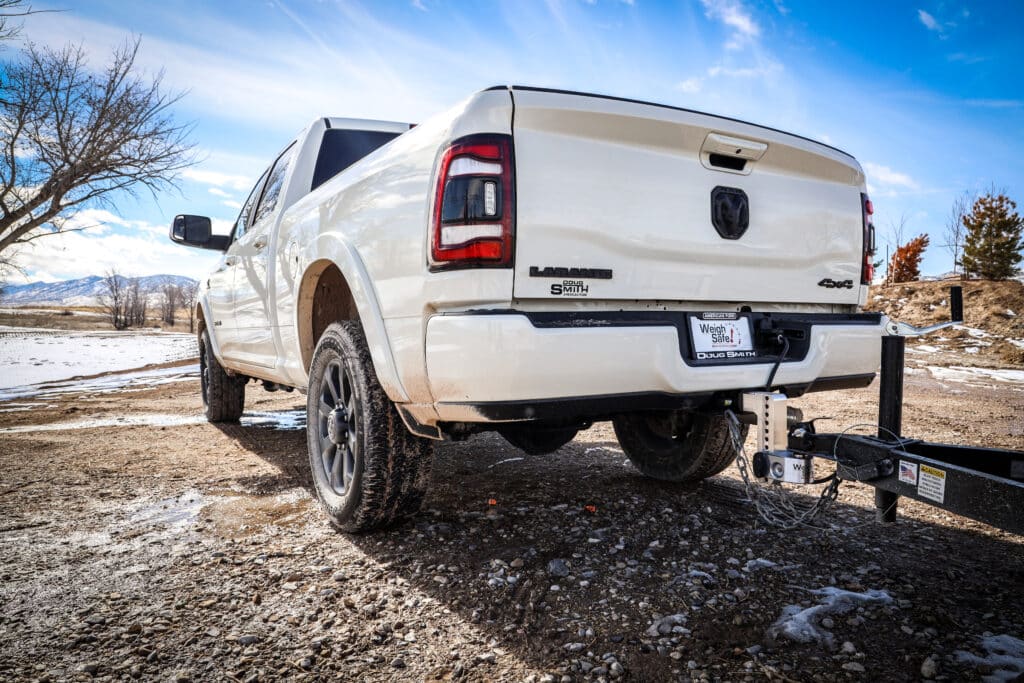
What Is Tongue Weight?
Tongue weight, also known as hitch weight, refers to the downward force exerted on the hitch ball or coupling point of a towing vehicle by the trailer or load being towed. It’s an essential factor in maintaining proper balance and stability when towing. Proper tongue weight distribution ensures that the towing vehicle and the trailer work together harmoniously, minimizing the risk of swaying, fishtailing, or loss of control.
Why Does Tongue Weight Matter?
-
Stability: Adequate tongue weight is crucial for maintaining stability while towing. Insufficient tongue weight can result in the trailer swaying from side to side, making it difficult to control the towing vehicle.
-
Steering and Braking: Proper tongue weight distribution helps maintain steering control and allows the towing vehicle’s brakes to operate effectively. Without the right tongue weight, braking distance can increase, putting you at risk of accidents.
-
Weight Distribution: Tongue weight ensures that the load is distributed properly between the towing vehicle’s front and rear axles, preventing excessive strain on either end and promoting even tire wear.
-
Trailer Sway: Too much or too little tongue weight can lead to trailer sway, a dangerous situation where the trailer starts to oscillate uncontrollably behind the towing vehicle.
If your trailer’s tongue weight is below 10% of your Gross Trailer Weight (GTW), you are dealing with insufficient tongue weight. This indicates that a significant portion of your load is concentrated towards the rear of your trailer. Have you ever observed a truck towing a trailer where both the truck and the trailer seem to arch upwards in the middle, like this?
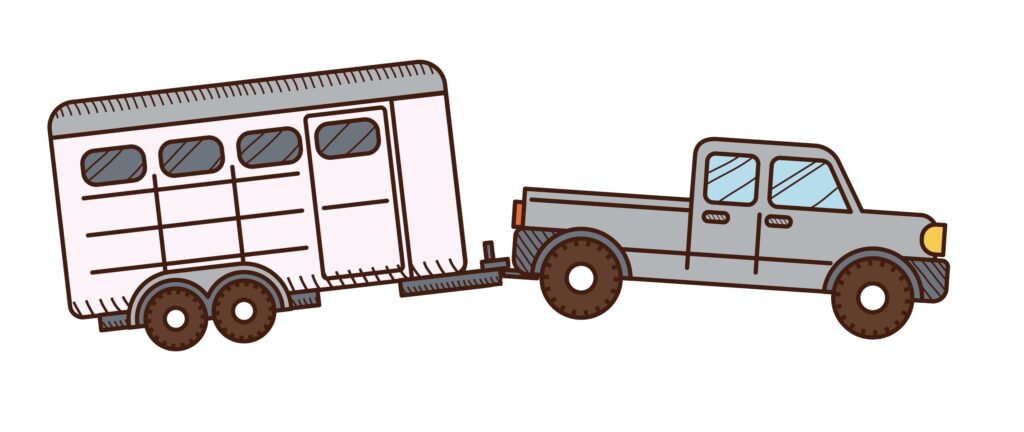
This highlights the improper loading of the trailer. When your tongue weight falls below 10%, you significantly increase the likelihood of trailer sway or fishtailing, especially at higher speeds. To avoid this side-to-side movement, it’s crucial to ensure proper load distribution before embarking on your journey.
If you do encounter trailer sway while towing, it’s essential not to apply the brakes immediately. Instead, start by easing off the accelerator and ensure your steering wheel is straight. This action should help diminish the trailer’s sway. Once you have regained control and the sway has ceased, pull over safely and reconfigure your trailer’s load to achieve a tongue weight within the range of 10-15% of your Gross Trailer Weight (GTW).
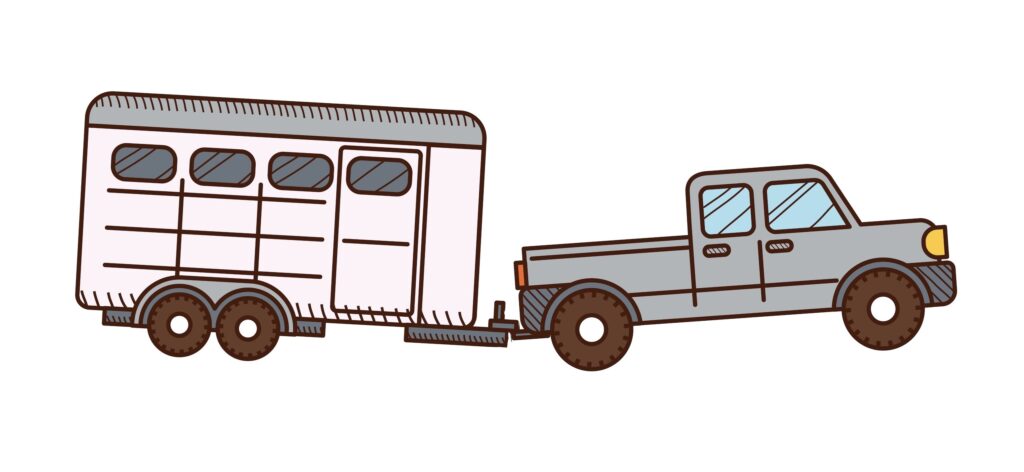
Conversely, excessive tongue weight indicates that the majority of your load rests on the front end of your trailer, exceeding 15% of your Gross Trailer Weight (GTW). This configuration resembles a “V” shape, sometimes referred to as a “jackknife.”
An excess of tongue weight can place undue stress on the rear tires of your towing vehicle, causing the rear end of the vehicle to be pushed and manipulated. This results in challenging control, potentially making corners or curves more challenging to navigate and reducing the vehicle’s responsiveness when braking.
Optimal tongue weight, falling within the 10-15% range of your GTW, will present a balanced alignment from the front of the truck to the rear of the trailer, with the coupler connecting the truck and trailer nearly level. Maintaining this ideal tongue weight range enhances your towing experience by improving performance and minimizing on-road risks.
Here is an illustration showcasing what trailer sway appears like and emphasizing the dangers associated with incorrect tongue weight.
Measuring Tongue Weight
Now that we understand the importance of tongue weight, let’s discuss how to measure it accurately:
-
Tongue Weight Scale: The most accurate way to measure tongue weight is by using a tongue weight scale. These scales are specifically designed to provide precise readings. You place the scale under the trailer’s hitch jack, and it indicates the weight being applied to the hitch.
-
Bathroom Scale Method: If you don’t have access to a tongue weight scale, you can use a bathroom scale to measure tongue weight indirectly. Follow these steps: a. Ensure the trailer and towing vehicle are on a level surface. b. Lower the trailer’s tongue onto the bathroom scale by using a sturdy, flat piece of wood or a wooden block. c. Record the weight displayed on the scale.
-
Professional Assistance: If you are uncertain about your measurements or towing setup, it’s advisable to seek professional help from a mechanic or a towing expert. They can provide guidance on proper weight distribution and recommend adjustments if needed.
-
Purchase a Weigh Safe Trailer Hitch: Weigh Safe Trailer Hitches are the only hitches on the planet with a built in scale that measures tongue weight to improve towing performance. Click here to Learn more about these hitches.
Tongue weight is a critical factor for safe and stable towing. It ensures that your towing setup functions harmoniously, reducing the risk of accidents and making your towing experience more enjoyable. By understanding the importance of tongue weight and learning how to measure it accurately, you can take a significant step towards being a responsible and safe trailer operator. Always remember that safety should be your top priority when towing, so take the time to get it right.
